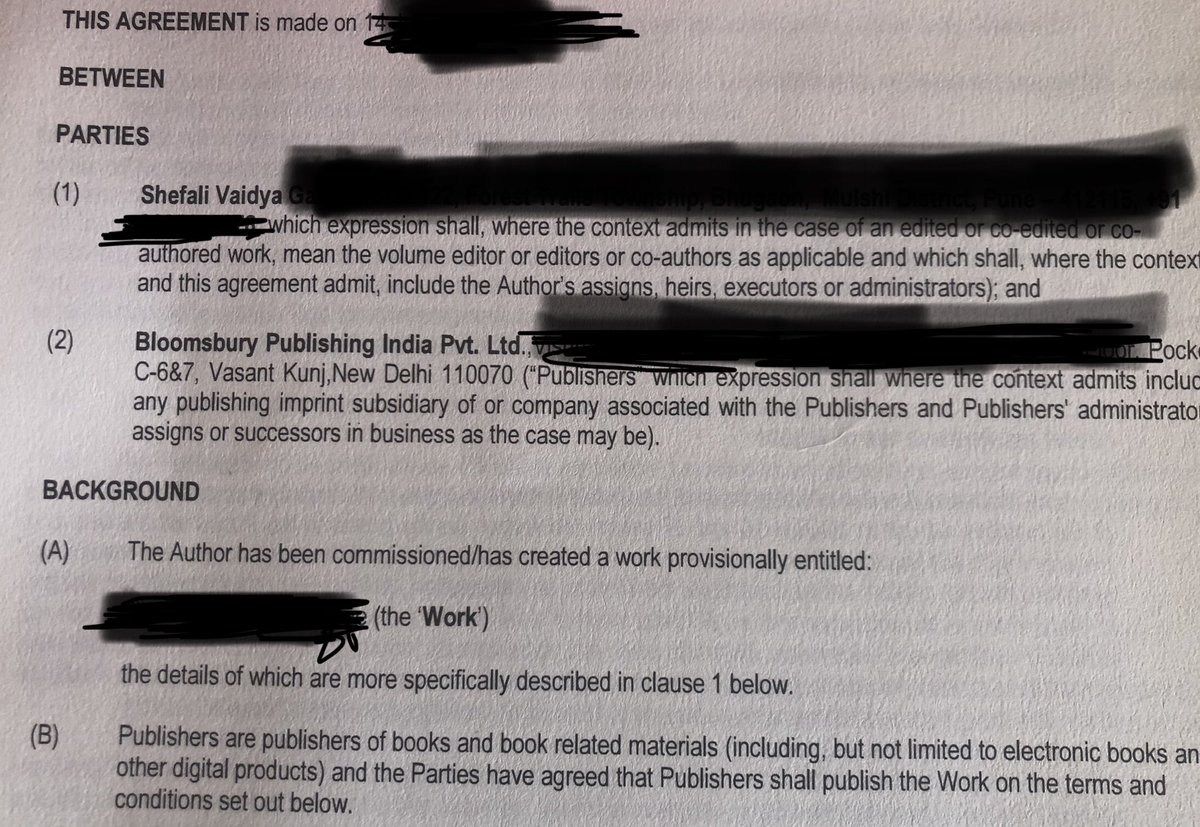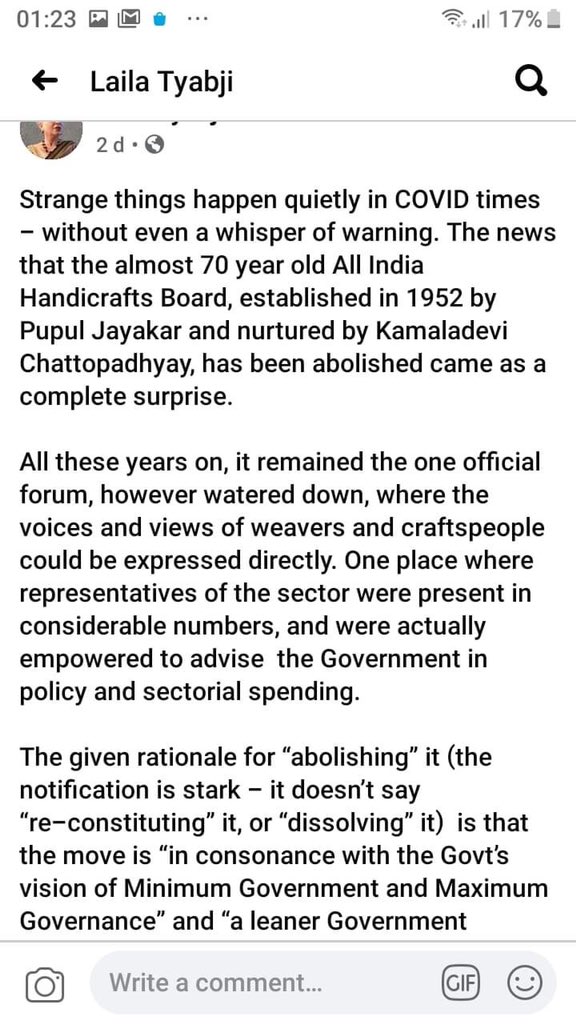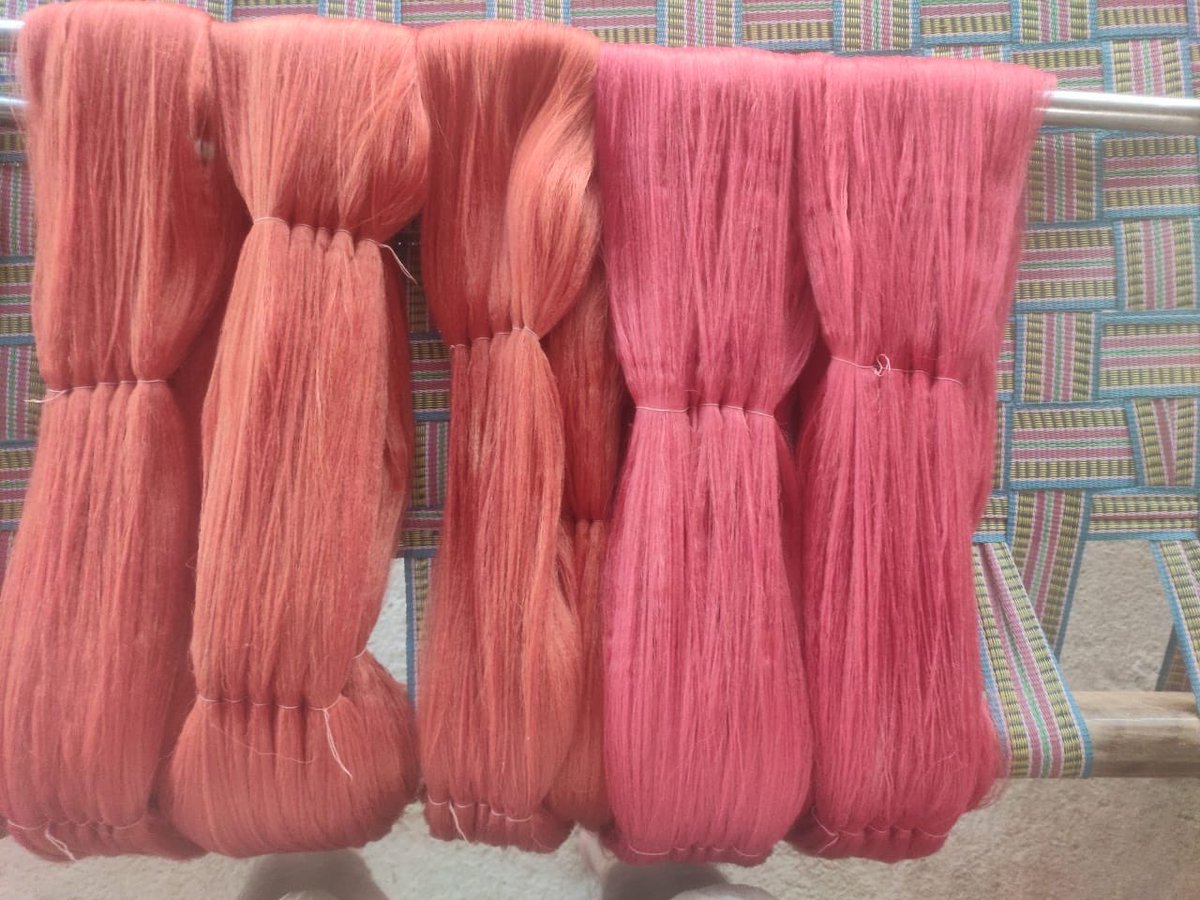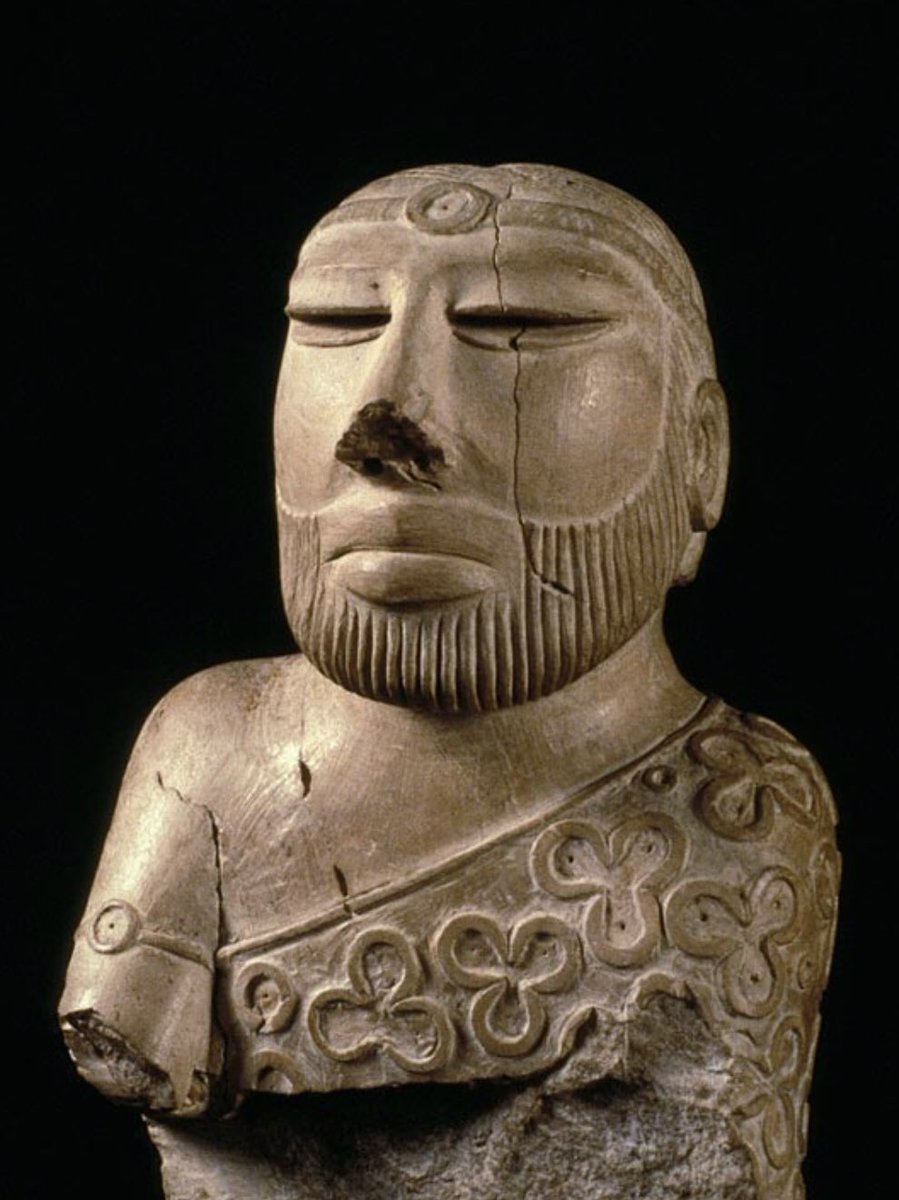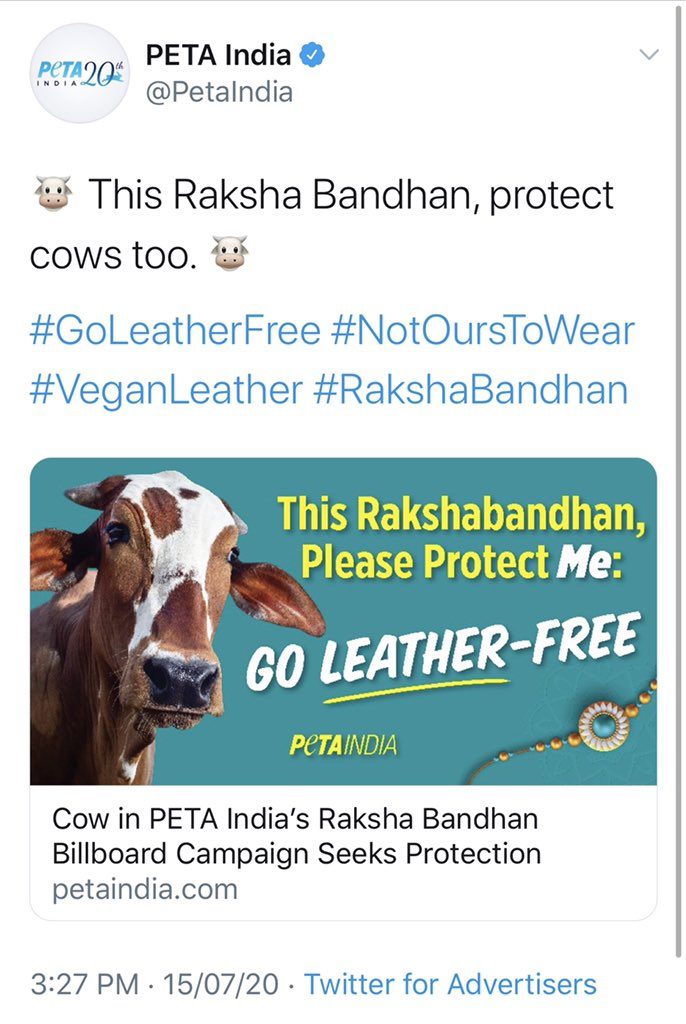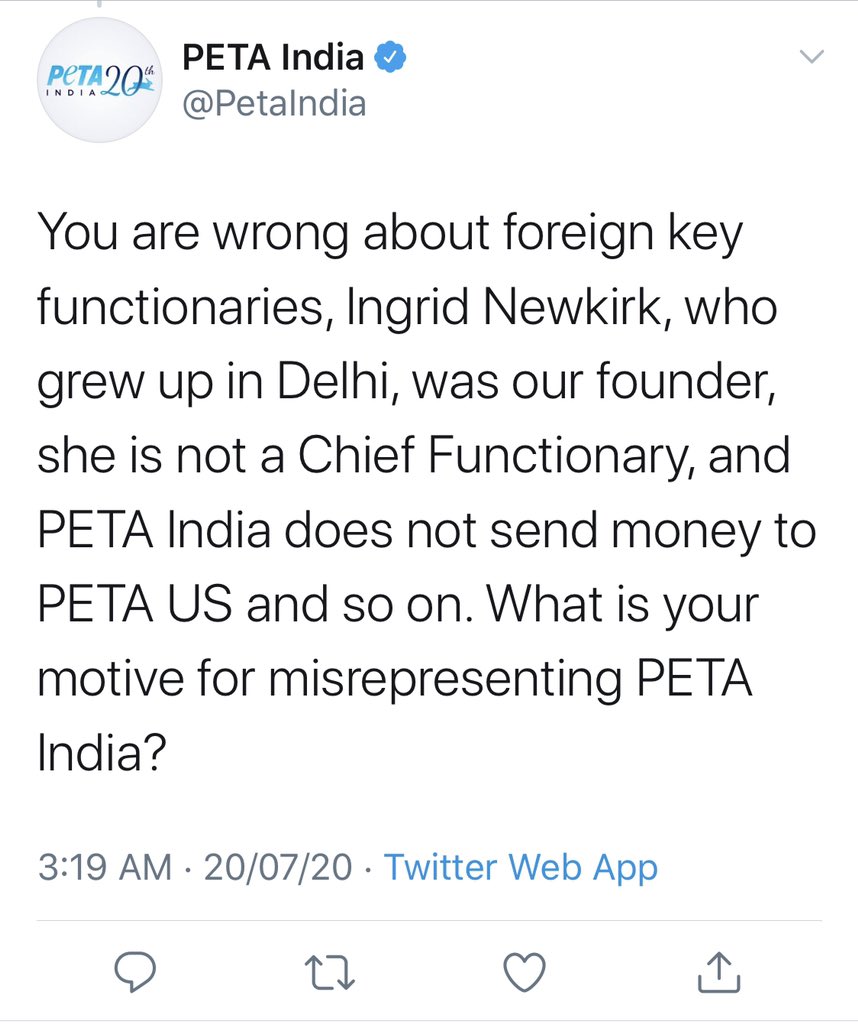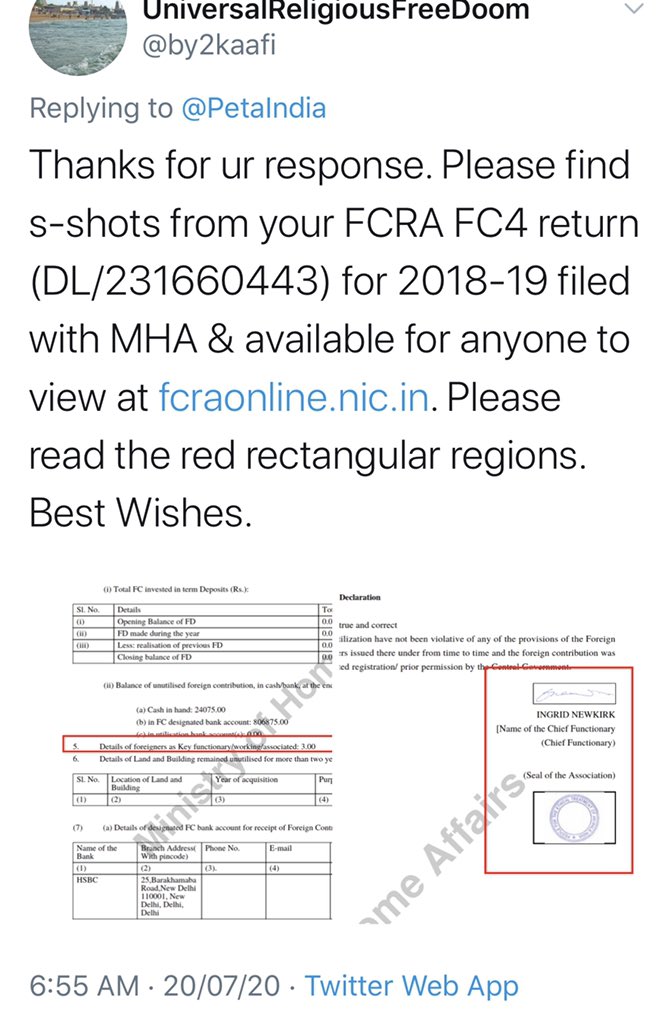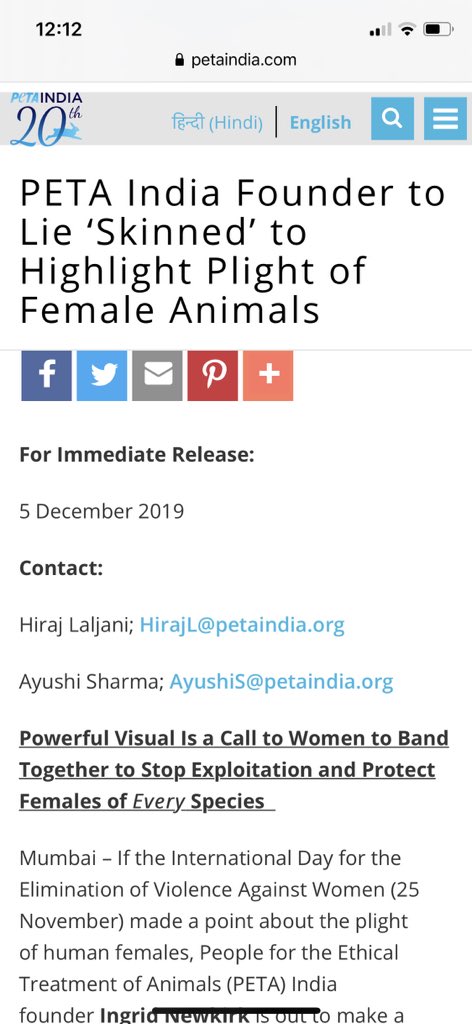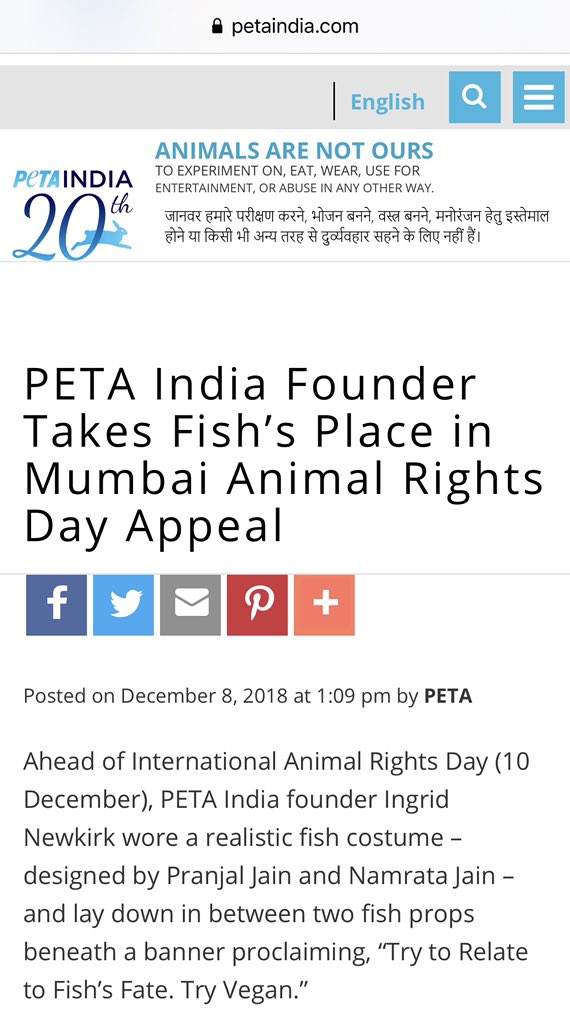
#thread about unfair practices in textile selling, one at the lower end, by vendors selling on mass online e-commerce platforms like @myntra @amazon @Flipkart and @snapdeal and the other high end by small entrepreneurs who sell via FB/insta etc. cc @smritiirani @TexMinIndia
This is important because both indulge in unfair practices, which ultimately hurts the genuine weavers, who invest time, efforts and craftsmanship in their work. Let me start with the low end guys. They sell cheap synthetic powerlooms at very cheap prices on online platforms.
The pricing would be fine if these vendors declared that they were selling synthetic powerlooms. But they blatantly mislead consumers by calling their products ‘pure silk’ and use names of traditional weaves like Banarasi and Kanchipuram, when these are cheap knock-offs.
These vendors will use deceptive terms like ‘woven saree’ ‘made by hand product’, ‘dyed by hand’ etc, which are not outright lies. After all, every saree is ‘woven’, whether on a handlooms or powerloom. Every product is ‘made by hand’ because it involves some human effort.
There is no mention of silk mark or the handloom mark, which are the labels of authenticity. Most consumers who buy from these sites go by the low price offered and never ask for such labels. @silkmarkindia should also know that spurious silk marks are very commonly available.
This cheap pricing of powerloom sarees while selling them as hand-woven ones hurts genuine weavers because when they sell their products at fair prices, consumers ask them ‘why such a high price? Amazon sells Kanchipuram sarees for 900 rupees’. I have seen that happen in expos.
Now we go to the fraud perpetuated by niche online ‘handloom’ saree sellers who sell on FB or Insta. Many of these sellers DO sell genuine hand-woven products, but at 3 times the price! They will sell using the sob-story of the ‘poor weaver’s’ plight as an emotional hook.
There will be heart-rending stories about the ‘last weaver surviving in a village selling the last few pieces of an old weave’. And a saree that a weaver sells at 12000 rupees factoring in his/her
profit will be sold at 30000 INR using terms like ‘rare, one-of-a-kind and revival’
profit will be sold at 30000 INR using terms like ‘rare, one-of-a-kind and revival’
Another big scam is ‘revival of tribal weaves’. Many self-certified textile ‘revivalists’ on SM who sell cheap copies of original tribal designs that they get woven from some other state. But neither the tribe uses them nor are they connected with the culture of the tribe.
Both these kind of sellers exploit the consumer in different ways, the lower end guys make the consumers shell out good money for worthless products by telling them they are getting a bargain, while high end sellers exploit the consumers by selling at hugely inflated prices.
So what can be done about this? For one thing, the consumer has to do her own research on how to identify authentic weaves, check the average prices, and be well informed. They also need to resist the emotional hooks and the false need that is created by unscrupulous vendors.
The other thing is for online platforms to work on their transparency parameters and have checks and balances in place so that they weed out unscrupulous vendors. Please be aware of what you are paying for.
• • •
Missing some Tweet in this thread? You can try to
force a refresh

